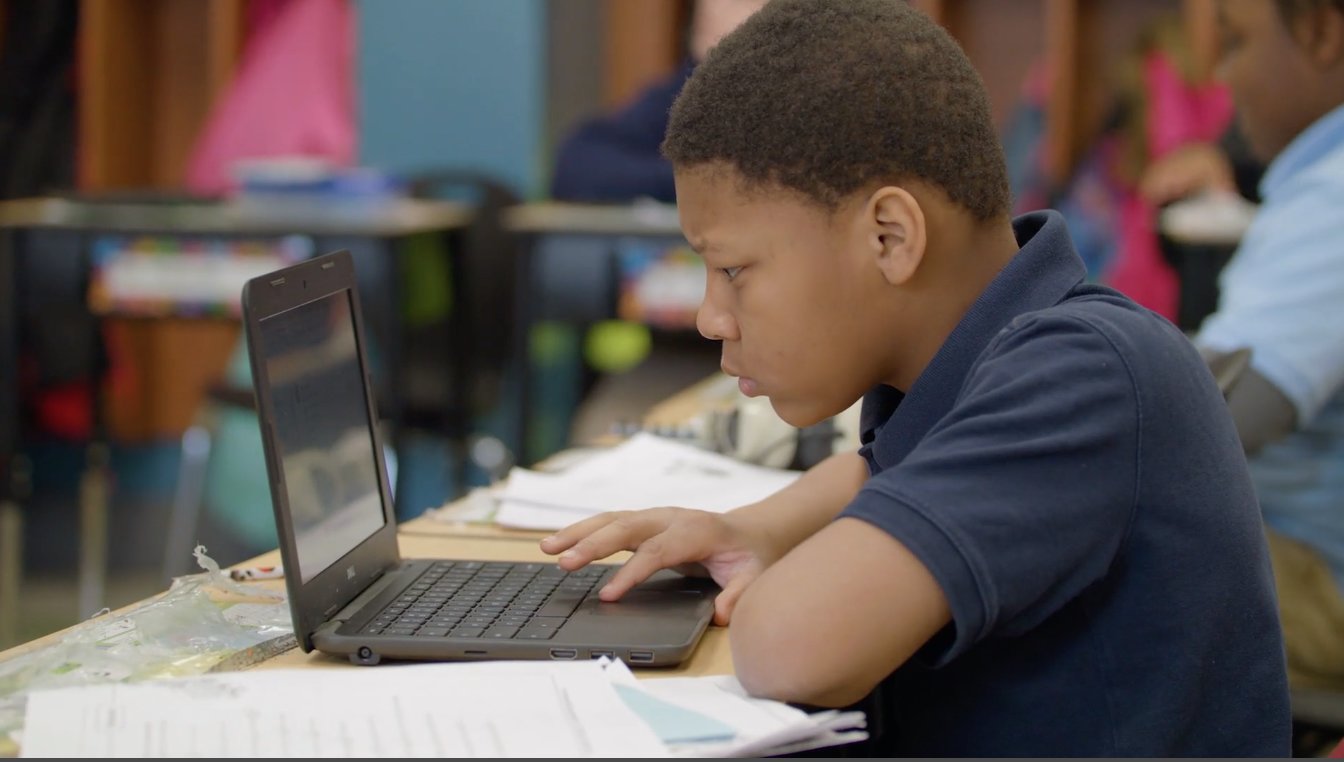June 2020: Integrating CS and Computational Thinking in the Pre K-8 Grades

Expert Panel

June Expert Panel: Integrating CS and Computational Thinking in the Pre K-8 Grades
In this webinar, we will explore the opportunities and challenges of bringing CS and CT to primary grades education. This theme will explore four intersecting topics: 1) the case for CS/CT in K-8 as a means of building a foundation of knowledge and broadening participation in CS education; 2) how students are being equitably engaged and what are they learning; 3) how teachers are being prepared and supported; and 4) the role of state and national policies in promoting CS/CT education in the elementary and middle school grades.
Discussion
The Discussion related to Integrating CS and Computational Thinking in the Pre K-8 Grades is now live! Introduce yourself and let us know your interest in exploring this theme. This discussion will continue through June.Related Resources
This NSF-funded website provides CS education references and instruments in a searchable database.
This website provides the K-12 Computer Science Framework, CS education standards and resources.
A virtual community for CS teachers, grades preK - 12.
CSTA, led by teachers, is focused on creating a strong environment to support K–12 educators.
ECEP works to improve and broaden participation in computing education state by state. It provides information on state and national CS Ed policies.
This is a list of CS Resources compiled from the June Theme of the Month Webinar Chat.











Maya Israel
Hi. My name is Maya Israel. I'm the PI for the LTEC-2 project along with Diana Franklin and Andy Isaacs from UChicago and Jim Pellegrino from Univ of Illinois, Chicago. Our project focuses on integrating computational thinking into elementary fractions instruction. We have a STEM+C project that is entering its final year.
Joni Falk
Thanks Maya! Can you tell us about the professional development that this has necessitated? Would love to hear from others as well as to the strategies and also the challenges of integrating CS into other subjects in the elementary years.
Maya Israel
Professional development is key to CT integration. I'll be honest that in this project, the main focus was on development of the integrated materials and testing those out in classes and less on the professional development. We did a lot on our end to help the teachers implement the instructional materials. In this project, we had general PD focused introduction to CS/CT, the lessons themselves and the strategies used within them. We also created powerpoint presentations to accompany every lesson and short videos explaining both computational concepts and lesson activities. These, on their own, helped, but we still had a lot of variability in implementation.In follow up projects, we are going to focus much more on teacher implementation supports and professional development.
Brian Drayton
Maya, I"m curious what kinds of PD you see as being most needed?
Alan Peterfreund
Welcome to our discussion board. On our webinar, we focused on how initiating a focus on CS and CT has the potential of overcoming the severe lack of diversity in who becomes a computer science. A core principle of being in K-8 and integrating CS and CT is that potentially all students participate. But that only works as a model of change if all schools are offering those opportunities. What is going on in your state or district to build capacity at those schools and district serving communities where economic disadvantages are more widespread?
Betsy Stefany
Hi, Alan,
Glad to have this discussion and agree that the k-8 is the place to ensure that everyone participates also that finding a way to ensure that the school understands the changes in tech integration and also that their community agrees. Our project initially was a MSP so directed at teacher engagement however we partnered with UNH Cooperative Ext as their manuals aided our elementary step into STEM. NH had a grant that introduced EIE materials which had a narrative tie which the teachers welcomed, however found the PD expected more than they could catch up and manage. Cooperative Extension added an event that involved kits for "leaders and youth", most recently their kits have focused on coding. These bridged our needs, reaching rural traditional programs with existing afterschool and IT district plans to advance teachers. These kits assume no pre-knowledge and aided all of us to "find our pathway" through what we knew, the interest of kids. Has anyone else used this as a first step?
Melissa Rasberry
This is an interesting concept, Betsy! If I understand correctly, the teachers were learning as they go, along with their students. Is that correct? How was that received by the teachers?
Betsy Stefany
Yes, that is correct. The teachers were able to develop their choice of tools as long as they were directly connected to the MSP areas where the MOSART tests showed the need for teacher improvement and were STEM in application..not just name. They had to demo output of merging text, data and visuals.
At the time we began the Math and Science Partnership project technology integration meant learning to integrate online content (2009). The teachers learned how the students worked with the digital "tools" of computer labs. During the timeframe of the five years of the MSP, IPads were introduced then blue tooth digital tools through the teachers' individualized interests.
We continue to build, adding the teachers' continual projects using the data loggers collecting classroom data to address actual classroom issues (glare). We continue as a Community of Practice adding in one district's testing of AI software and another district's offering of coding using Cooperative Ext. kits. The NASA/AREN project was also a suggestion from a teacher. We will add a further content through Gearbox Labs further enabling teachers to wrap in their timing and learn as they go.
Melissa Rasberry
Melissa Rasberry
Thanks for this additional context! This sounds like a great way to continue to engage teachers and meet their needs as classroom instruction evolves.
Marley Jarvis
Hi everyone! I'm Marley Jarvis, an Outreach and Education Specialist at the University of Washington's Institute for Learning & Brain Sciences (I-LABS) in Seattle. Here at I-LABS, we do research on a wide range of topics, but one key area of interest for us is looking at what might counteract negative stereotypes in a way that boost underrepresented children's interest and motivation in STEM. We spend a lot of time investigating how children's identities and the social messages they receive impact or boost their learning. And there's certainly a lot of messages out there about who can and "can't" do computer science, so this is a topic of particular importance I think.
Melissa Rasberry
Interesting research, Marley! I know that I've heard of some teachers of CS do a simple exercise in which they ask students to draw what a computer scientist looks like. Analyzing the drawings show that most kids illustrate old white men. This leads into a discussion about everyone can be a computer scientist. Simple but effective!
Kimberly Descoteaux
For those who couldn't make the Twitter chat, you can check out the discussion that took place in this pdf